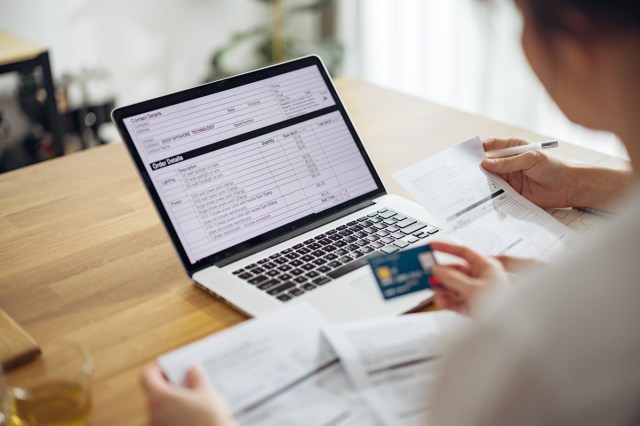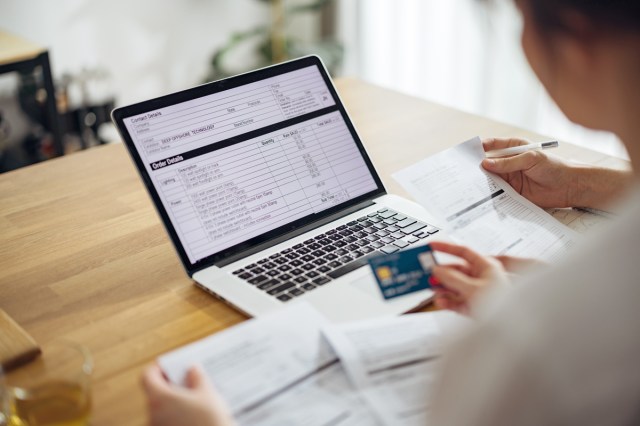Few words strike as much fear as the word “debt.” To most people, debt means a burden with nothing but net negatives: difficulty making ends meet, constant stress about paying it back, and feeling like you’re trapped in an endless cycle of borrowing money. However, not all debt is considered “bad” — owing money can actually help you build wealth. As counterintuitive as it may sound, certain types of “good” debt can be part of creating a healthy financial lifestyle. But, like all financial decisions, there are a few caveats and things to consider when taking on “good” debt.

What Is Good Debt?
Good debt is incurred through building equity and strengthening your earning potential. Mortgages are among the surest forms of good debt available. Borrowing money to buy a home has many financial benefits over renting. Instead of losing money each month to rent, homeowners invest in themselves. They are also eligible for various tax breaks that renters aren’t and can rent out a property to offset the cost of a mortgage and even generate income from it.
Education is another safe category for incurring debt. People who are educated often have a higher earning potential. So, while taking out student loans may seem overwhelming or counterproductive to your earning potential, these loans can help boost the odds that you’ll eventually find a high-paying job.
Another common form of good debt is taking out a loan to start a small business. While many risks are associated with starting a business, those who succeed will find the investment well worth it once their loans are paid off. Business owners have equity in their businesses and the opportunity to grow and earn exponentially, making it a good investment.
All these types of “good” debt should fit into your larger financial picture, however. A high mortgage payment that eats up your income, for example, or student loans with overwhelming interest can quickly make the cost of the debt outweigh the benefits.

What Is Considered Bad Debt?
Bad debt refers to cash borrowed — whether on a credit card or through a loan — to purchase depreciating assets such as food, clothing, and vehicles. While all of these purchases are necessary, you won’t be able to rely on them to recoup your money down the line. Try paying for these items in cash to avoid incurring interest and run your debt up.
The most common types of bad debt are credit cards with a high interest rate (which can prevent you from paying off your debt in full) and high-interest loans (which are difficult for borrowers to pay back on time). However, bad debt can also negatively affect your credit score, such as using too much of the credit available to you in a “high debt, low credit” ratio.

How Interest Rates Affect Debt
Even good debt can turn bad if interest rates are too high. Not everyone is eligible for good interest rates, as they often depend on a person’s credit score or on federal or state laws. People with excellent credit scores are often eligible for interest rates below 8% on loans, making it practical to seek out loans that don’t exceed that threshold. This is why mortgages are considered particularly worthwhile investments, as they are typically under 8%.
The average national credit card interest rate is 27.94%. This is why incurring credit card debt is always bad — the rate of interest alone can make it very difficult to recover should you find yourself in debt with little to no benefit. If you buy something major using credit, such as a home or car, you’ll likely suffer financial penalties by being unable to pay back your interest fully and on time. While credit cards are an integral part of modern-day life, you should only use them for purchases you can pay off in full before the payment deadline.
Featured Image Credit: miniseries/ iStock
More From Our Network
Better Report is part of Inbox Studio, which publishes content that uplifts, informs, and inspires.














